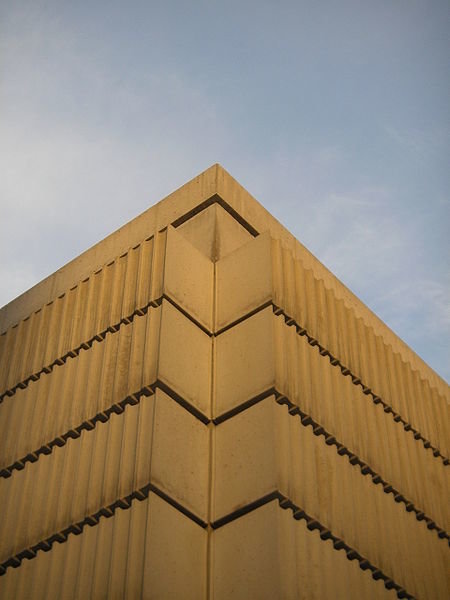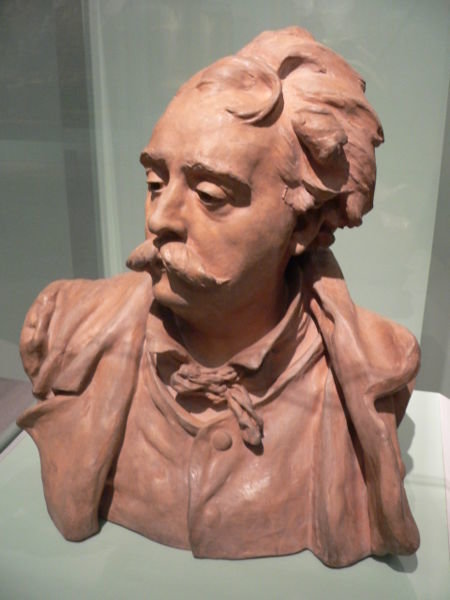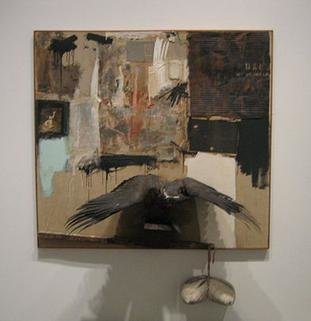Introduction
A sculpture is a three dimensional visual art that is designed by shaping hard and soft materials, such as wood, metals, glass, clay and polymers, into the desired shapes and designs. The designs may be made in form of freestanding objects in reliefs or other types of surfaces.
The word sculpture is not fixed to any prescribed artistic form of set of activities; it is rather used to refer to a growing and continually evolving range of activities and sets of art forms. There are two broad categories of sculptures: round and relief. The former refers to a separate, detached artwork in its own right, resulting in an independent, freestanding existence in space, such as a table, or an animal sculpture.
In contrast, a relief does not exist on its own because it is attached to or forms a central part of something else that acts either as a background or as a medium from which it arises (Curtis 56). Of these two broad categories, there are four basic methods of sculpture: carving, casting, modeling, and assembling. These processes are either additive whereby material is added, or subtractive, whereby material is removed.
Carving
This is one the oldest techniques that have been used to produce sculptures. In this process, the sculptor cuts or chips away materials from a hard material into a desired form. Carving is a subtractive process since material is removed from the original block of material. The most commonly used materials are wood, stones, plaster or ice. The main setback in this process is that if a lot of material is removed, the design might not come out the way it was expected because it is a subtraction process.

This carving was made on a marble medium between 1513 and 1515. It shows the biblical Moses with horns on his forehead. This is based on the description of Moses as he came from the mountain after talking with God. It is freestanding form of art with a clearly defined outline. There is enough evidence of the type of material used by the sculptor owing to its shiny surface. Michelangelo could have possibly used clay due to the minute details required in various parts of this carving. However, for an expert sculptor, marble is the best medium.
Casting
This is a process where one and/or more copies of a sculpture are produced. It is an additive process whereby material is melted down, then poured into a mold and left to harden. Usually, a sculpture is modeled, then covered with a melted mold material and left to cool; after cooling, the mold is then separated to reveal the actual sculpture. The process can be repeated many times. After the mold has dried, some finishing work is done on the sculpture to remove mold lines and smoothen rough edges.

This casting stands in Vienna and is made to commemorate the victims of the Holocaust. It was built using steel and concrete. The surface of the artwork depicts library shelves turned inside out with the book spines facing the inside and hence obscured. Consequently, the titles of the books are not known. Due to the uniformity required in bringing out the details of the numerous ‘books’ used in the sculpture, casting turns out to be the best method.
Modeling
Modeling is an additive process in which a soft material is worked on to create a desired shape. Typical materials used for this process include clay, wax, and cement. The sculptor adds soft material little by little to build up or produce a finished artwork.
This process requires soft material that can later be fired to harden it (Chaney 130). As much as it is an additive process, subtraction is often used to achieve the desired shape unlike carving where subtraction is the only process. While modeling, a framework is required to bear a soft modeling material which otherwise will loose its shape.

This artwork was produced from terra cotta. Unlike marble based sculptures, this art form does not have a smooth surface, however, it has a clearly defined outline with a lot of details. The bust is free standing. Due to the numerous details in this sculpture, terra cotta is the best surface as it gives the sculptor the flexibility to add more details and to correct any errors.
Assembling
Assembling is an additive process whereby a sculpture is constructed by combining existing objects, shapes or materials to one another into a complete art work. In this process, the objects are shown in a new dimension through assembling different collection of shapes.

This sculpture is made out of various materials; in the background, there is a painting, while in the foreground, we observe a three dimensional picture of an eagle ‘flying’ towards the viewer. A small bag also hangs from the painting. None of the objects used in this sculpture is free standing as they all depend on one another. The medium chosen for the sculpture is the best as it makes the artwork look like real.
Works Cited
Chaney, Sheldon. Sculpture of the World: A history, The Viking Press, New York, 1968. Print.
Curtis, Penelpoe. Taking Positions: Figurative Sculpture and the Third Reich, London: Henry Moore Institute, 2002. Print.